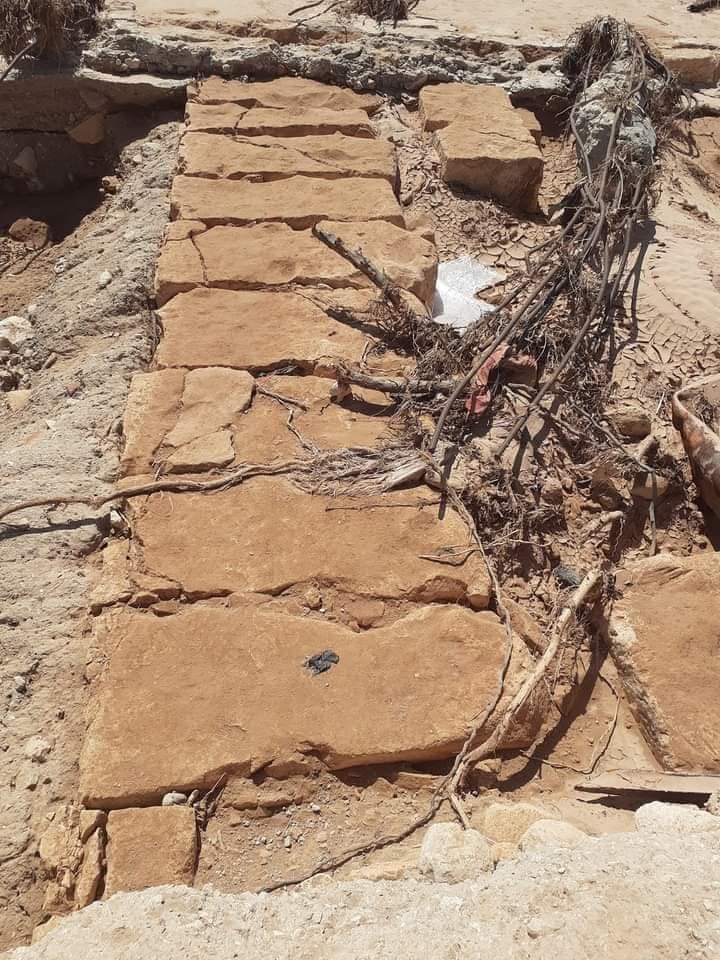By Youssef Kanjou
Archaeological monuments are threatened by natural disasters, floods, fires, earthquakes – often as a result of climate change. On the other hand, natural disasters have particularly preserved historical sites, making them ideal witnesses of the past for archaeologists. For example, volcanic eruptions on Santorini and Mount Vesuvius have preserved the important settlements of Old Thera and Pompeii for posterity. What is less well known is that natural disasters have also led to the discovery of particularly interesting archaeological sites. Currently, disasters in Turkey and Libya, for example, have helped to uncover previously unknown archaeological remains.
In February 2023, a devastating earthquake struck the region on the Syrian-Turkish border, which is known worldwide for its wealth of archaeological sites. The earthquake caused massive damage to cities and ancient ruins. However, it led to an important discovery in the ancient city of Alalakh in southern Turkey, near the Syrian border. (It was the capital of the Mukesh kingdom in the 17th and 18th centuries BC and belonged to the kingdom of Yamhad, today’s Aleppo). The earthquake destroyed several old walls in this city and caused houses to collapse. During the documentation of the damage, a clay tablet with cuneiform texts was found under the rubble, containing important historical details from around 3800 BC. This tablet contains a purchase contract for an entire city as well as information about the buyer, the seller and the witnesses to the purchase. The buyer was Yarim-Lim, the king of Alalakh, and the names of important personalities in the city who witnessed this contract were mentioned. This is evidence that the kings of the time had such great economic power that they were able to acquire another city.
The floods of 2023 in the city of Derna in Libya, an important city during the Roman Empire, led to the discovery of numerous archaeological remains that were previously unknown. For example, the eastern side of the historic Roman wall that surrounded the ancient city of Derna, which had a square shape, was uncovered. Due to the construction of an Islamic city over these ruins, it was not visible until the floods uncovered a large part of it. Numerous tombs and an oil press from the Hellenistic period have been discovered at many archaeological sites near Derna.
All this suggests that many ancient remains are still hidden and waiting to be discovered, whether through archaeological excavations or as a result of natural disasters. Such discoveries can change our knowledge of ancient civilizations.
tun23101702
Überreste der Mauer der libyschen Stadt Derna, die aus der Römerzeit stammt und durch die Überschwemmungen 2023 sichtbar wurde. Foto: tünews INTERNATIONAL / Mnzmt Asatyr Alawlyn
002209




